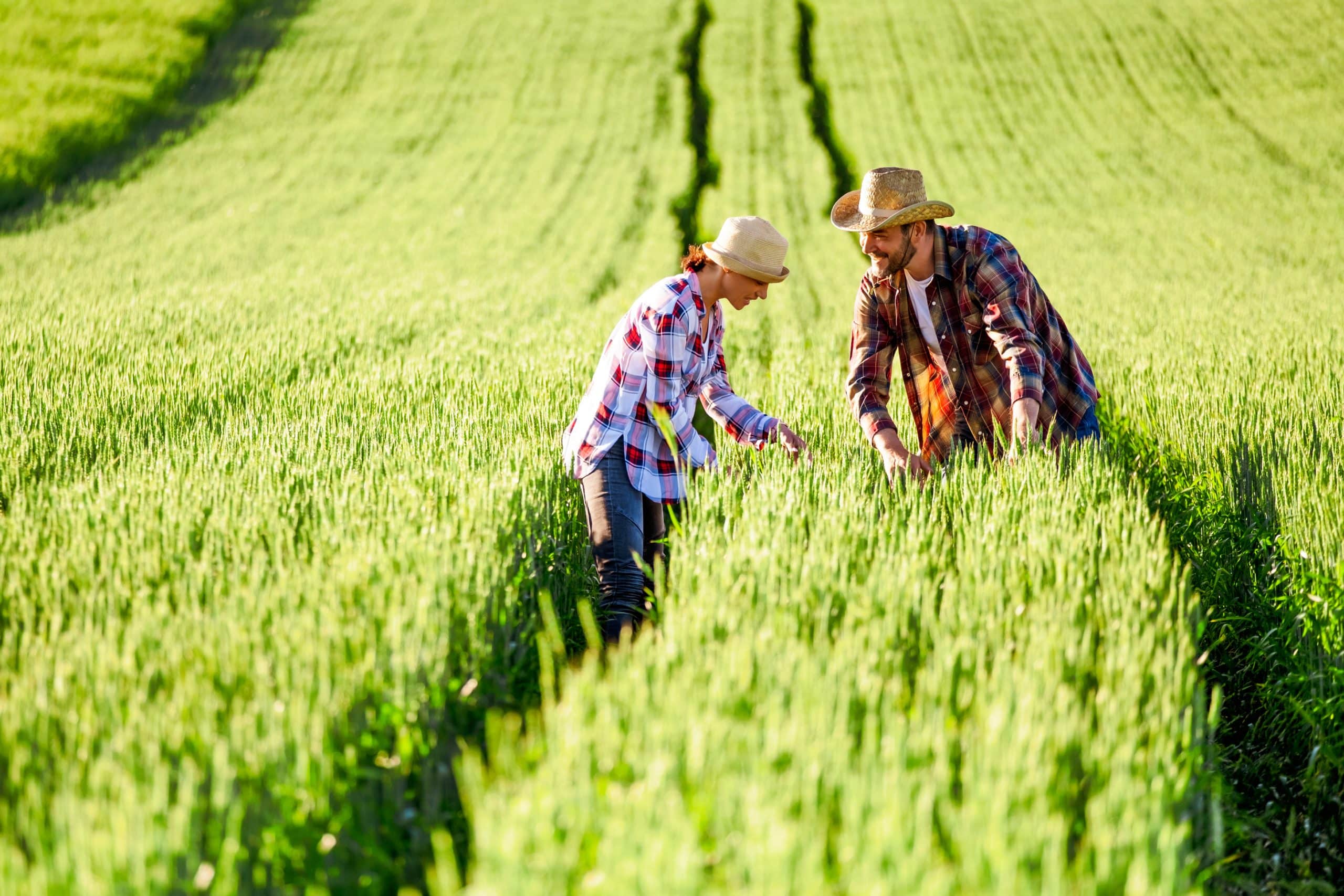What Role Does Edge Computing Play in Enhancing Agricultural Drone Data Analysis?

As technology continues to evolve, it has increasingly become a crucial player in various sectors, including agriculture. Today, farmers are embracing the potential of digital transformation in their farming practices, hence the rise of smart farming. A key aspect of smart farming is the use of drones to collect agricultural data. However, the enormity and complexity of data collected pose a challenge in processing and managing it.
This is where edge computing comes into play. But what role does it play in enhancing agricultural drone data analysis? This article will delve into the world of edge computing, IoT, cloud computing, and how these technologies are transforming agricultural data management and analysis.
A découvrir également : How Can IoT-Enabled Smart Grids Advance Electric Vehicle Charging Infrastructure?
The Rise of Smart Farming and Drone Technology
In the wake of technological advancement, smart farming has taken root in the agricultural sector. It is a concept that revolves around the use of modern technology and IoT applications to improve the quality and quantity of agricultural products.
One of the significant components of smart farming is the use of drones. These devices have been a game-changer in the agricultural sector, aiding in tasks such as crop monitoring, soil analysis, planting, crop spraying, and irrigation, among others. They collect extensive data that farmers can use to make informed decisions regarding their farming practices. However, the large volumes of data collected need effective and efficient management and analysis, and that’s where edge computing comes into play.
A découvrir également : What’s the Latest in Natural Language Processing for Improved Voice-Activated Assistive Devices?
Understanding Edge Computing
Edge computing is a distributed computing paradigm that brings computation and data storage closer to the location where it is needed. This technology aims to improve response times and save bandwidth. In simple terms, edge computing is about processing data at the edge of your network, where the data is generated, instead of in a centralized data-processing warehouse.
Edge computing thus allows data from IoT devices to be analyzed at the edge of the network before being sent to the cloud or data centers. By allowing for real-time data processing, edge computing helps resolve latency issues, ensuring that applications respond to data almost instantly.
The Marriage of Edge Computing and Agricultural Drones
Agricultural drones collect vast amounts of data, including crop health, the state of the soil, and weather conditions, among other factors. While this data is invaluable in making farming decisions, it can be overwhelming due to its volume and complexity.
Edge computing addresses these challenges by processing the data on the edge of the network, making it easier to manage and analyze. This technology ensures that farmers receive the processed data in real-time, enabling them to make timely decisions that impact their farming practices positively.
The Proposed Architecture for Edge Computing in Agriculture
The proposed architecture for integrating edge computing in agriculture involves the use of drones as edge devices to collect and process data. The drone, equipped with sensors and cameras, flies over the agricultural fields and collects data related to various aspects of the farm.
This data is then processed on the edge, with the drone itself acting as an edge computing device. After the initial processing, the data is sent to the cloud for further analysis and storage. This architecture allows for real-time data analysis and reduces the load on the cloud, reducing the cost and time involved in data processing.
Scholarly Perspectives on Edge Computing in Agricultural Data Analysis
A number of scholars have studied the impact of edge computing on agricultural drone data analysis. Their findings have unanimously pointed out that edge computing significantly enhances the efficiency and effectiveness of data analysis.
According to these scholars, edge computing reduces latency, allowing for real-time data analysis. In addition, it reduces the burden on the cloud, thus reducing the cost and time of data processing. They argue that with edge computing, farmers can make real-time decisions based on the analyzed data, which can significantly improve their farming practices.
Despite the lack of a concluding section, it’s clear that edge computing plays a crucial role in enhancing agricultural drone data analysis. As technology continues to evolve and more farmers adopt smart farming, the importance of edge computing will undoubtedly continue to grow.
The Impact of Edge Computing on Decision Making in Smart Agriculture
In the realm of smart agriculture, agricultural drones, equipped with sensors and cameras, are continually collecting vast amounts of data. These data can include crop health, soil condition, weather patterns, and other essential factors that impact farming practices. The primary challenge here lies in the real-time analysis and management of this massive volume of data, which is a task that cloud computing alone may not handle efficiently.
Edge computing, however, offers a formidable solution by processing the data directly on the edge devices— in this case, the drones. By taking on the initial data processing load, edge computing dramatically reduces the latency typically associated with sending data to a centralized data-processing warehouse. This instantaneous processing allows for real-time data analysis, which is crucial in time-sensitive decision making in smart agriculture.
Farmers can act on the analyzed data immediately, fine-tuning their farming practices to enhance productivity and efficiency. For instance, the processed data may reveal a section of the field that requires immediate irrigation or a crop that’s ripe for harvesting. Each decision is not only time-sensitive but can significantly impact the overall yield and efficiency of the farm.
Moreover, by shouldering a portion of the data processing load, edge computing reduces the burden on cloud-based storage and processing resources, resulting in cost and time savings. It also minimizes the risk of data loss during transmission and enhances data security, as less data is traversing the network.
The Role of Artificial Intelligence and Machine Learning in Edge Computing
Edge computing works in harmony with other advanced technologies such as Artificial Intelligence (AI), Machine Learning (ML), and Computer Vision to enhance the efficiency of data analysis in smart agriculture. AI and ML algorithms can be deployed at the edge to analyze and interpret the data collected by the drones.
For instance, AI can be used to identify patterns in the data that may be useful in predicting crop yields or identifying potential disease outbreaks. Computer Vision, on the other hand, can help interpret images captured by the drone’s cameras, aiding in tasks like identifying weeds or assessing crop health.
Machine Learning, a subset of AI, can be used to improve the efficiency and accuracy of these tasks over time. By analyzing past data, ML algorithms can ‘learn’ and improve their predictions, making the data analysis process more effective.
Research studies available on Google Scholar and Scholar Crossref have shown that integrating AI and ML with edge computing in agricultural drones can significantly improve the accuracy of data analysis, leading to better decision-making and ultimately, increased productivity in smart farming.
Conclusion
Edge computing is unarguably a key player in enhancing agricultural drone data analysis in smart farming. By processing data in real time on edge devices, it improves response times, reduces latency, and minimizes the load on cloud resources. This not only improves the efficiency of data management and analysis but also enables swift, data-driven decision-making, which is critical in smart agriculture.
Moreover, the integration of edge computing with AI, ML, and Computer Vision opens a world of possibilities. These technologies work together to interpret and learn from the data, making the data analysis process more accurate and efficient. As the field of precision agriculture continues to evolve, the role of edge computing and associated technologies will undoubtedly become indispensable. In conclusion, the future of smart farming is bright as it leans on the power of edge computing for smarter, more efficient agricultural practices.
